Easter is one of the most important celebrations in the Christian calendar. The significance of Easter revolves around the Resurrection of Jesus Christ—three days after his crucifixion, death and burial. Celebrated on the first Sunday after the first full moon of April (known as the “Paschal Full Moon”) the holiday symbolizes hope for all of humanity.
Today, this spiritually meaningful date is commonly associated with the friendly Easter Bunny and the eggs it hides. While these symbols have helped make the teachings of Jesus more amenable for those outside of the faith, the essence of this holiday holds a deeper meaning that, if understood, allows one to partake in the celebration with an even more joyful spirit.
Significance of Easter in the Christian calendar
Easter marks the end of the Passion of Christ. It is preceded by the solemn Holy week, which is part of the 40-day period of spiritual cleansing known as Lent. This week, considered the most sacred week of the Church year, recalls the events leading up to Jesus’ death by crucifixion and, according to the Christian belief, his Resurrection.
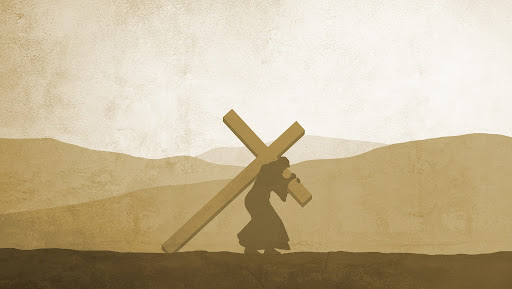 During Holy Week Christians remember the last week of Jesus’ life, commemorating the suffering he endured during his Passion. (Image: Jeffjacobs1990 via Pixabay)
During Holy Week Christians remember the last week of Jesus’ life, commemorating the suffering he endured during his Passion. (Image: Jeffjacobs1990 via Pixabay)Since Easter and its related holidays are movable feasts, they do not happen on the same date every year. However, as a handy reference, Easter is always celebrated on a Sunday between March 22 and April 25.
The Spiritual Meaning of Easter
Easter signifies the triumph of Jesus over death. Christians believe that the resurrection of Jesus confirmed that he was the Son of God who had come to Earth to provide salvation to humankind and redeem us of our sins through his compassionate sacrifice.
Had he not risen from the dead, Jesus would have been just another teacher or prophet, and his apostles would have continued as the downhearted group that the Gospel of John describes as hiding for fear of the Jews. Hence, Jesus’ resurrection constitutes the core of the Christian gospel.
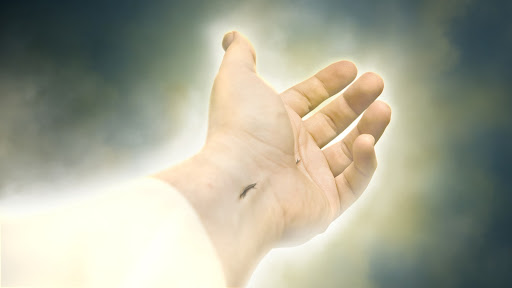 According to the Gospels, when Mary Magdalene and some of the disciples visited the cave where Jesus’ body had been placed, they found that the body was gone. Christians call this the Resurrection (Image: Jeffjacobs1990 via Pixabay)
According to the Gospels, when Mary Magdalene and some of the disciples visited the cave where Jesus’ body had been placed, they found that the body was gone. Christians call this the Resurrection (Image: Jeffjacobs1990 via Pixabay)Easter announces hope just the same way Jesus’ Resurrection promises eternal life to all who believe in Him.
The Origin of the Easter Bunny
Easter did not always signify Jesus’ Resurrection. During times predating the spread of Christianity, this day was set aside to venerate the West Germanic spring goddess Eostre. On this date, pagans would hold festivals in the goddess’ honor to celebrate the beginning of spring and the arrival of a time of rebirth and renewal. It is widely believed that the holiday owes its name to the pre-christian goddess.
The legend of the Easter Bunny is also connected to this pagan celebration. Given the remarkable breeding abilities of rabbits, these animals became a symbol for the goddess Eostra, the gift of fertility and the spring season.
But how did this pagan symbol survive the spread of Christianity? In AD 595, when Roman monks were sent to convert the Britons to the Christian faith, they succeeded at making them accept the celebration of Jesus Christ’ Resurrection at Easter. Although the Britons complied, they continued to worship Eostra and uphold the rabbit symbolism, resulting in the amalgamation of the two traditions that is still evident today.
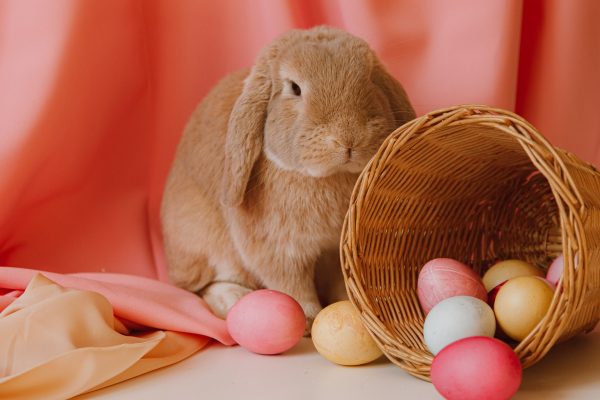 The legend of the Easter Bunny was consolidated through the traditions of German immigrants who settled in the United States, becoming a cultural association of the holiday, especially for children. (Image: Roman Odintsov via Pexels)
The legend of the Easter Bunny was consolidated through the traditions of German immigrants who settled in the United States, becoming a cultural association of the holiday, especially for children. (Image: Roman Odintsov via Pexels)While Easter eggs are also linked to pagan traditions representing the birth of young animals, eggs have had cultural significance in various civilizations.
The egg tradition dates back 5,000 years, when the Sumerians and the Egyptians placed decorated ostrich eggs in graves as a symbol of death, rebirth and kingship. It is believed that Mary Magdalene, following this ancient practice, brought eggs to Jesus’ tomb where the round objects turned different colors.
A more illustrative narrative indicates that the eggs only turned red, alluding to the blood of Christ. As a result, the Christian Church adopted the custom of coloring eggs red to honor Jesus and the blood shed at His crucifixion.
Over the years, another symbolic meaning was attributed to eggs, with the egg’s hard shell being analogous to the tomb, and the chick inside likened to Jesus. In this way, the cracking open of Easter eggs illustrates the resurrection of Christ. Moreover, the traditional game of rolling eggs down the hill represents the rolling of the tombstone which revealed the emptiness of the cave where Jesus’ body had been placed.
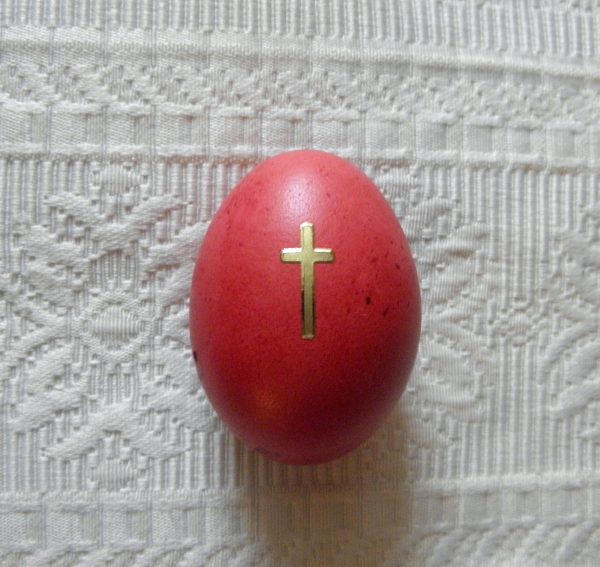 Red-coloured Easter egg with Christian cross, from the Saint Kosmas Aitolos Greek Orthodox Monastery (Image: ΙΣΧΣΝΙΚΑ-888 via Wikimedia Commons)
Red-coloured Easter egg with Christian cross, from the Saint Kosmas Aitolos Greek Orthodox Monastery (Image: ΙΣΧΣΝΙΚΑ-888 via Wikimedia Commons)As a celebration of the arrival of spring and the rebirth of Jesus, it became a custom to decorate eggs and give them as gifts to friends and family. In addition, entertaining activities such as egg hunts were created, in which eggs – chicken eggs, chocolate eggs or artificial ones – are hidden for children to find.
The Easter lily
Another familiar symbol of Easter is the Easter lily, a white, trumpet-shaped flower that has many layers of meaning.
 The Easter lily is a perennial bulb that can be planted in your garden after the flowers fade. The fragrant white flowers symbolize purity, hope, and renewal. (Image: Geoff McKay via Wikimedia Commons CC BY 2.0)
The Easter lily is a perennial bulb that can be planted in your garden after the flowers fade. The fragrant white flowers symbolize purity, hope, and renewal. (Image: Geoff McKay via Wikimedia Commons CC BY 2.0)This extraordinary flower emerges from a humble bulb buried in the ground, and can be seen as another metaphor for Christ’s resurrection. The flower’s shape is also likened to a trumpet, heralding the resounding message of hope.
Easter lilies are always white in color, symbolizing the purity of both Christ and the Virgin Mary. In The Annunciation, Leonardo da Vinci depicted the Archangel Gabriel gifting Mary a lily when informing her that she would conceive through the power of the Holy Spirit.
Reviving the true essence of Easter
Like many holidays, Easter has become an occasion for entertainment and commercialism, with many local businesses using it as an opportunity to promote themselves. While engaging the public in community celebrations is beneficial, reviving the spiritual essence of this observance to preserve its profound message would be more meaningful.
Christian belief holds that even though human beings are imperfect and commit sins, God had hope in mankind’s good nature and thus sent his own son to redeem us from sin; implying an exceptional message that humans are still worthy of Heaven if they cultivate a good heart by following Jesus’ example.
Throughout history, human beings have pondered their place in the world and the meaning of life. However advanced and complex the material world may appear, people of every color and class have turned to religion and spirituality in search of higher truths.
 A message of hope has the power to change lives and hearts (Image: via Shen Yun Performing Arts)
A message of hope has the power to change lives and hearts (Image: via Shen Yun Performing Arts)Hope in humanity’s innate goodness is what brightens our path amidst the pain and turmoil of everyday life. In a world filled with uncertainty and anguish due to the pandemic and international tensions, a message of hope has the power to change lives and hearts.
A holy man was having a conversation with the Lord one day and said,
“Lord, I would like to know what Heaven and Hell are like.”
The Lord led the holy man to two doors.
He opened one of the doors and the Holy man looked in.
In the middle of the room was a large round table. In the middle of the table was a large pot of stew, which smelled delicious and made the holy man’s mouth water.
The people sitting around the table were thin and sickly. They appeared to be famished. They were holding spoons with very long handles that were strapped to their arms and each found it possible to reach into the pot of stew and take a spoonful. But because the handle was longer than their arms, they could not get the spoons back into their mouths.
The holy man shuddered at the sight of their misery and suffering.
The Lord said, “You have seen Hell.”
They went to the next room and opened the door.
It was exactly the same as the first one. There was the large round table with the large pot of stew which made the holy man’s mouth water. The people were equipped with the same long-handled spoons, but here the people were well nourished and plump, laughing and talking.
The holy Man said, “I don’t understand.”
“It is simple,” said the Lord. “It requires but one skill. You see, they have learned to feed each other, while the greedy think only of themselves.”
“Remember this, when Jesus died on the cross, he was thinking of you.”
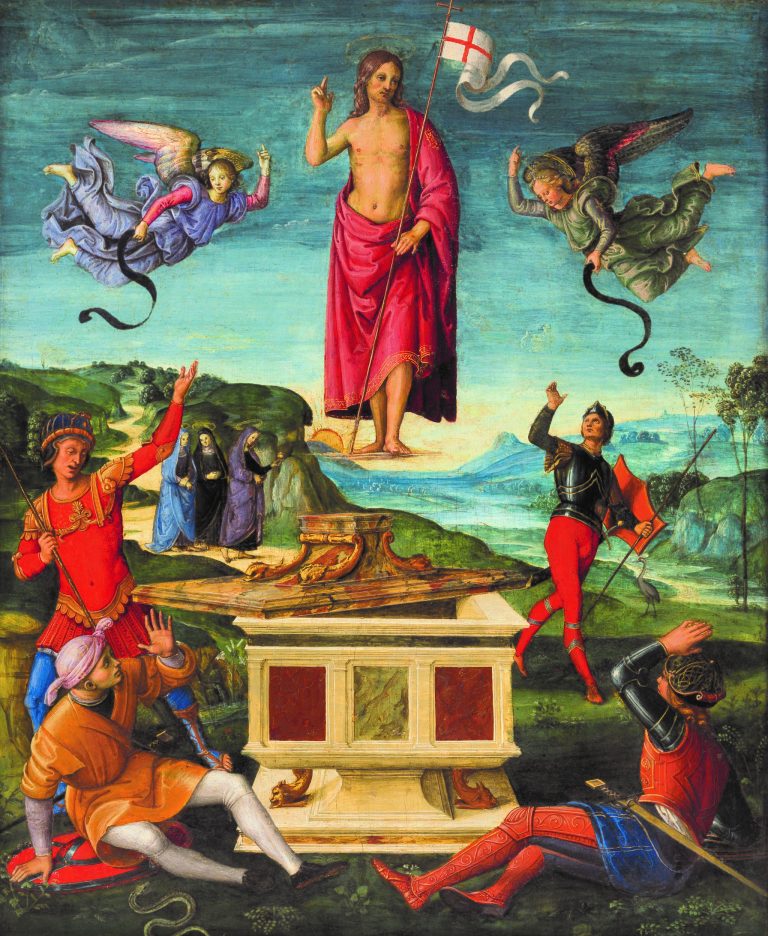 Although Easter is commonly associated various pagan symbols, this holiday holds a deeper meaning that has the power to bring hope. Rafael’s Resurrection of Jesus (Image: Raphael via Wikimedia Commons Public domain)
Although Easter is commonly associated various pagan symbols, this holiday holds a deeper meaning that has the power to bring hope. Rafael’s Resurrection of Jesus (Image: Raphael via Wikimedia Commons Public domain)



You need to be a member of Hippys Themes! to add comments!
Join Hippys Themes!